Jules Vanaret
OrganoDyn - Organoid dynamic reconstruction across scales: how do cell motions build tissue shapes ?
Team: Philippe Roudot (I2M), Sham Tlili (IBDM)
His background
November 2021 - present | CENTURI Phd fellow
2019 - 2021 | Engineering degree in Informatics, École Centrale de Lyon
2018 - 2019 | Master's degree in Physics, Specialization ”Modeling of Complex Systems”, Aix-Marseille University, École Normale Supérieure de Lyon
2016 - 2017 | Bachelor's degree in Physics, École Normale Supérieure de Lyon
Contact
About his postdoctoral project
Embryonic organoids are in vitro multi-cellular aggregates that self-organize and reproduce the hallmarks of morphogenesis. Within this class of in vitro systems, gastruloids recapitulate the first steps of mammalian development. Understanding how symmetry breaking arises spontaneously from homogeneous cell assemblies requires the interrogations of the functional link between temporal variations in single cell signaling, cellular cluster behavior, and organoid shape. While computer vision tools have been designed to measure the changes in cellular flow and general shape in such systems, the tracking of individual cells nested in those thick samples remains challenged by density, variable signal-to-noise ratio, limited acquisition framerate and the heterogeneous nature of motions. The PhD candidate will thus develop new approaches for the reconstruction of motions contribution, from single cell to multicellular flows. Inspired by our previous work on multiple particle tracking, we will investigate a graph-based approach for the tracking of individual cells using multiscale motion modeling, genetic expression modeling and model selection approaches. The student will also have the opportunity to use those tools to investigate how local signaling clusters may drive morphogenesis, and in turn, how the variations in system shapes may influence those local events.







